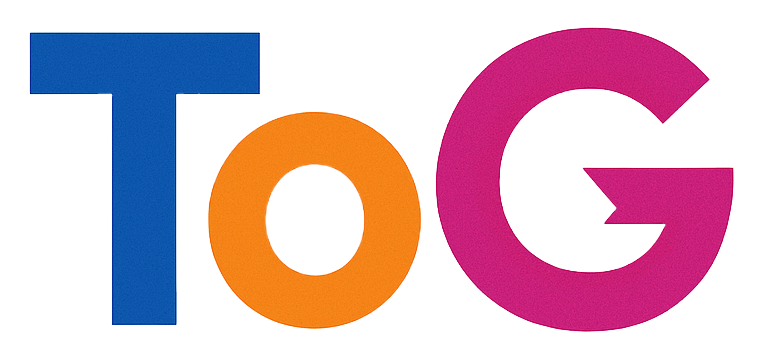Understanding the SEO Implications of Popups: Marketing Automation Tools vs. Google Ad Manager
In the ever-evolving landscape of digital marketing, incorporating popups has become a common strategy to engage visitors and promote offerings. However, from an SEO standpoint, not all popups are created equal. A pertinent question for website owners and marketers is whether the method of serving these popups—using marketing automation platforms like SalesManago or leveraging ad management solutions such as Google Ad Manager (GAM)—can influence search engine perception and rankings.
The Scenario: Consistent Popup Behavior Across Platforms
Consider a typical promotional popup: it appears after a three-second delay, occupies over 50% of the viewport, features a full-screen dimmed background, and employs frequency capping to avoid overexposure. This setup is identical regardless of whether it’s delivered through a marketing automation tool like SalesManago or served via GAM.
Both execution methods share key characteristics:
– Full-screen coverage
– Over 50% viewport occupation
– Delayed appearance (after 3 seconds)
– Dimmed background overlay
– Frequency capping to control display frequency
How Do Googlebot and Search Engines Perceive These Popups?
The core concern revolves around whether the delivery platform influences how Googlebot perceives such intrusive elements, especially considering recent search algorithm updates focusing on user experience.
Intrusive Interstitials and Ranking Signals
Google’s guidelines explicitly mention that intrusive interstitials—popups that significantly hinder content accessibility—can negatively impact search rankings on mobile devices. Since both methods deliver similar popups with identical behavior, the primary consideration is the nature of the content and how it is presented rather than the delivery method itself.
Impact of Delivery Method
-
Marketing Automation Tools (e.g., SalesManago): These platforms typically embed popups directly within the website’s codebase, often through script integrations or inline HTML. When implemented correctly, they are transparent to search engines and should not pose additional risks beyond the inherent intrusiveness.
-
Google Ad Manager (GAM): GAM serves ads and promotional content via ad tags. This method often involves asynchronous loading and can sometimes be delayed or coded differently, but if implemented properly, it should similarly be transparent to search engines.
The key factor is the implementation quality rather than the platform.
Best Practices to Minimize SEO Risks
No matter which platform you choose, adhering to best practices is essential:
- **

